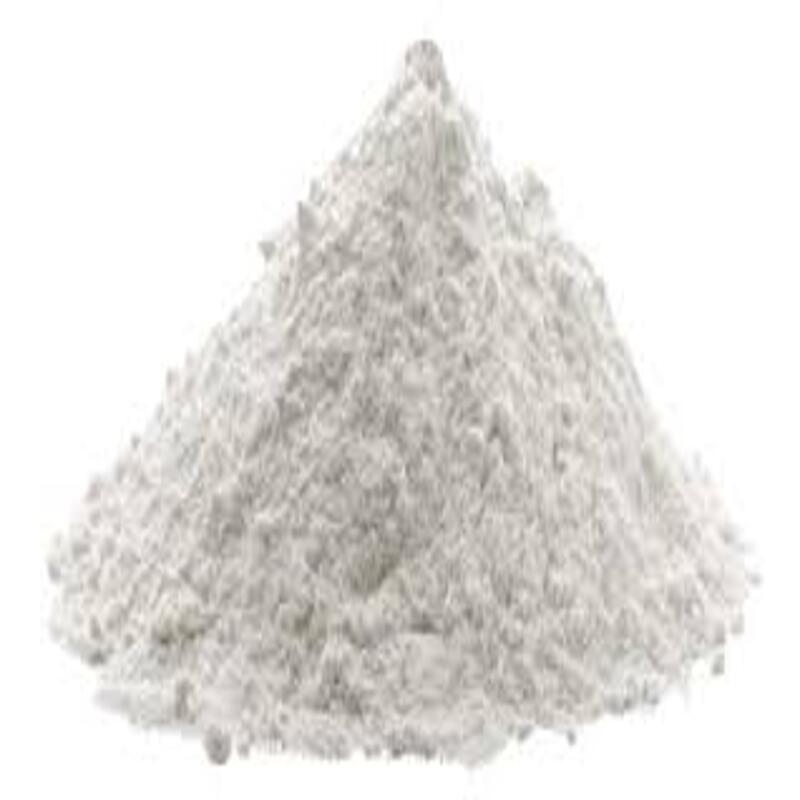-
Categories
-
Pharmaceutical Intermediates
-
Active Pharmaceutical Ingredients
-
Food Additives
- Industrial Coatings
- Agrochemicals
- Dyes and Pigments
- Surfactant
- Flavors and Fragrances
- Chemical Reagents
- Catalyst and Auxiliary
- Natural Products
- Inorganic Chemistry
-
Organic Chemistry
-
Biochemical Engineering
- Analytical Chemistry
-
Cosmetic Ingredient
- Water Treatment Chemical
-
Pharmaceutical Intermediates
Promotion
ECHEMI Mall
Wholesale
Weekly Price
Exhibition
News
-
Trade Service
Azelastine hydrochloride is a pharmaceutical drug that is used to treat allergic conditions, such as hay fever and hives.
It is a synthetic antihistamine that works by blocking the action of histamine, a chemical that is released in response to an allergic reaction.
In the chemical industry, safety is a top priority to ensure that workers and the environment are protected from potential hazards.
Azelastine hydrochloride is classified as a hazardous material, and careful handling and storage are required to prevent accidents and minimize exposure.
One of the primary concerns with azelastine hydrochloride is its potential for skin irritation.
The drug is notoriously sensitive to moisture, and contact with skin can cause itching, redness, and blistering.
Workers who handle azelastine hydrochloride must take precautions to avoid contact with their skin, such as wearing protective gloves and gowns.
Inhalation of azelastine hydrochloride is also a concern, as it can cause respiratory irritation and bronchospasm.
Workers who handle the drug must be trained in the proper safety procedures, including the use of ventilation systems and personal protective equipment.
Another potential hazard associated with azelastine hydrochloride is its flammability.
The drug is classified as a Category 3 flammable liquid, meaning that it has a flash point below 100°F.
Storage of the drug should be in a cool, dry place, and any spills should be cleaned up immediately to prevent the risk of ignition.
Finally, azelastine hydrochloride is also a potential hazard to the environment.
The drug should be disposed of in accordance with local regulations, and any spills or leaks should be cleaned up promptly to prevent contamination of soil and groundwater.
To ensure the safety of workers and the environment, it is important to follow proper safety procedures when handling azelastine hydrochloride.
This includes wearing appropriate personal protective equipment, following proper storage and handling procedures, and being aware of the potential hazards associated with the drug.
In conclusion, azelastine hydrochloride is a hazardous material that requires careful handling and storage to prevent accidents and minimize exposure.
Proper safety procedures and training are essential to ensure the safety of workers and the environment.







